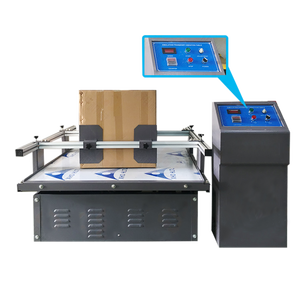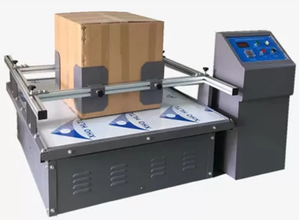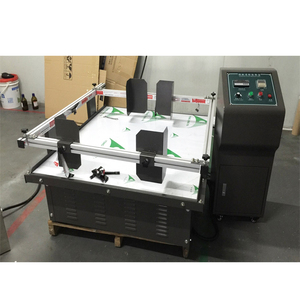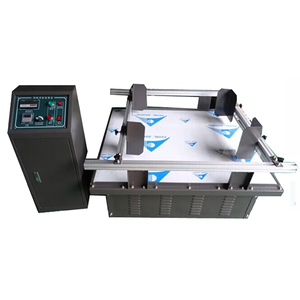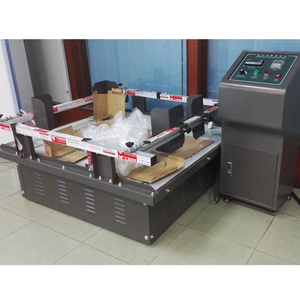Introduction to Box Testing Corrugated
Box testing corrugated refers to the rigorous evaluation of corrugated packaging materials to ensure their durability, functionality, and performance standards. Essential for businesses involved in shipping and logistics, this testing provides invaluable insights into how well corrugated boxes can withstand various pressures and environmental factors during transit. By adopting a systematic approach to box testing, companies can optimize their packaging solutions, reduce waste, and ensure product integrity from the moment of packing to the final delivery.
Types of Box Testing Corrugated
There are several key types of box testing corrugated that businesses must consider to gauge the effectiveness of their packaging:
- Compression Testing: Measures the box's ability to withstand stacking loads without collapsing.
- Drop Testing: Assesses how well a box protects its contents when dropped from specific heights.
- Burst Test: Evaluates the resistance of the box against bursting forces that may be exerted during handling and transport.
- Edge Crush Test (ECT): Determines the strength of the box edges, critical for palletizing and stacking.
- Moisture Resistance Testing: Checks how corrugated materials perform under humidity and wet conditions, affecting their durability.
Applications of Box Testing Corrugated
The applications of box testing corrugated span various industries, making it a crucial aspect of packaging quality assurance:
- Retail Packaging: Ensures that products reach shelves safely and intact.
- Food and Beverage: Verifies that packaging maintains product quality and safety throughout distribution.
- Electronics: Protects fragile items from damage during shipment, minimizing returns and loss.
- Textiles and Apparel: Ensures that clothing and fabric products arrive without wrinkles or damage.
- Pharmaceuticals: Maintains the integrity and safety of health-related products during transportation.
Features and Advantages of Box Testing Corrugated
Understanding the features and advantages of box testing corrugated can empower businesses to make informed packaging choices:
- Quality Assurance: Builds customer trust by ensuring that products are delivered without damage.
- Cost-Effective: Identifying weaknesses in packaging can lead to cost savings by reducing damage-related expenses.
- Compliance: Helps meet industry standards and regulations, reinforcing brand reputation.
- Environmental Impact: Supports the use of sustainable materials by ensuring that tests help optimize the efficiency of resources used.
- Performance Improvement: Provides meaningful data that can guide design enhancements for future packaging solutions.
































































